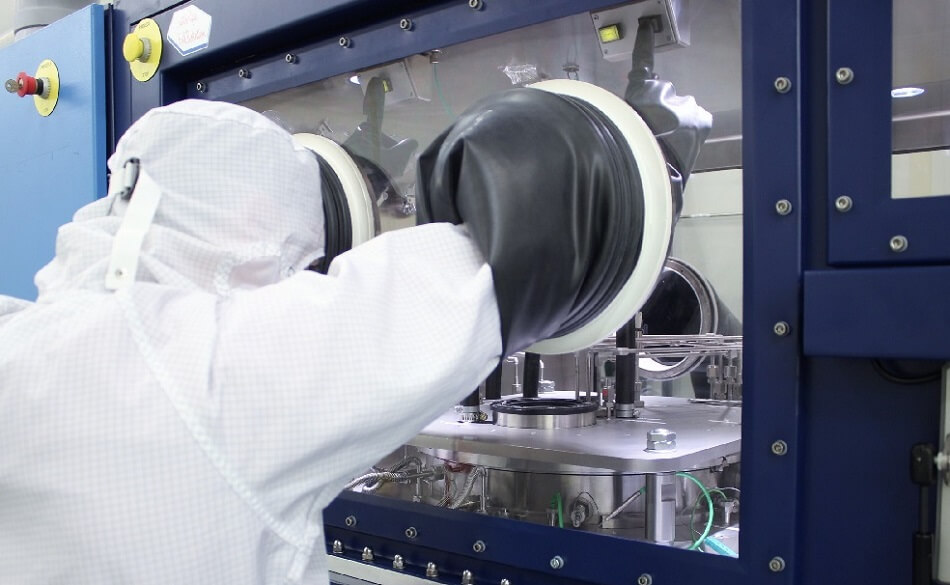CST Global and the University of Glasgow join forces
Published: 11 August 2017
11th August 2017 - CST Global Ltd. has announced its collaboration with the School of Engineering to run a Metalorganic Chemical Vapour Deposition (MOCVD) machine
CST Global, a wholly-owned subsidiary of Sivers IMA Holdings AB and the UK’s leading, independent, III-V opto-electronic, semiconductor foundry, has announced its collaboration with the University of Glasgow to run a metalorganic chemical vapour deposition (MOCVD) machine within its foundry facility. The University of Glasgow will own the machine, which CST Global will install and operate. Useage and operating costs will be shared.
Neil Martin, CEO of CST Global, explains the significance of the collaboration, “This MOCVD machine facilitates research projects in advanced semiconductor materials and devices, in both electronics and photonics. It is increasingly critical to successful photonics research to consider the needs of volume production. Our collaboration provides a route for research projects to reach commercially viable volumes, leveraging CST Global’s world-wide customer base. Installing the MOCVD machine at CST Global also means our foundry services are readily available for projects, when required and safely managed within an ISO 9001:2015 quality environment.
“Our agreement with the University of Glasgow means we can use the MOCVD to provide epitaxial ‘overgrowth’ services to customers, when it is not being used for research projects. It brings this process in-house and within our control, reducing our laser production cost-base and improving delivery times.
“Joint academic and commercial partnerships of this type are new in the photonics industry, providing a lower risk alternative to conventional commercialization routes. Additionally, students have the opportunity to gain experience of working within a commercial environment, learning about adjacent technologies and rubbing shoulders with our expert team. It also provides CST Global with a potential, specialist, post-graduate recruitment pool of exceptional staff.
“I am convinced this MOCVD collaboration will pave the way for further, exciting, academic commercial partnerships.”
Contact CST Global on 01698 722072 or visit www.CSTGlobal.uk for more information.
First published: 11 August 2017
<< In the news


